|
|
Happy Thanksgiving 2025 |
Happy Thanksgiving 2025
Don’t be a turkey; appreciate your many blessings! And don’t eat too, too much. I hope that y’all have a wonderful day with family and friends, and I hope hope that today brings peace, comfort, and joy to you and yours. I am taping all three NFL games so that I can spend lots quality time with my daughters and their families today. Everyone will be there. Of course, if there is a game on the TV, I might take a peek.
Be Sure …
Be sure to scroll down and check out the brand new six-minute YouTube video.
What’s Up?
On Wednesday morning, I enjoyed a second consecutive fabulous photo session at Indian Lake Estates.; it was sunny and absolutely still with just a touch of mist in the air and the lake was like a mirror. On Tuesday morning I had taken a (shirtless) sun walk with the 300mm f/2.8 GM lens, the 2X TC, and the a- ii. Nothing doing. So the next day I left my rig in the car. When I got half way out on the pier an Anhinga speared a large Bluegill not far from the pier right down sun angle. Even worse, it was having trouble subduing its prey so it kept diving and then re-surfacing, all the while remaining on sun angle 🙁 Then, a Pied-billed Grebe popped up at point blank range in the still water. Also right down sun angle. You gotta love it to keep from crying. The prize of the morning, however, was a Sony a-1 ii pre-capture image of a Palm Warbler taking flight with the AF point right on the eye at 840mm with the 600mm f/4 and the 1.4X TC on the BLUBB from my vehicle. As it is quite a remarkable image, I will share it with you here soon.
My flight to Islip on Wednesday evening was delayed two hours but otherwise uneventful. I will be spending today with my two daughters and their families. I grabbed a Uber to Alissa’s home and was asleep just after 1.00am. I did not bring a camera or a lens so I will not be photographing on either Thursday or Friday morning. See the “Probably Some Sort of Record” item, below for more on that topic. Today is Thursday 26 November 2025. I hope that you choose to have a wonderful day.
If an item — a Delkin flash card or reader, a Levered-clamp FlexShooter Pro, or a Wimberley lens plate or low foot — for example, that is available from B&H and/or Bedfords, is also available in the BAA Online Store, it would be great, and greatly appreciated, if you would opt to purchase from us. We will match or beat any price. Please remember also to use my B&H affiliate links or to earn 3% cash back at Bedford by using the BIRDSASART discount code at checkout for your major gear purchases. Doing either often earns you free guides and/or discounts. And always earns my great appreciation.
If an item — a Delkin flash card, a Levered-clamp FlexShooter Pro, or a Wimberley lens plate — for example, that is available from B&H and/or Bedfords, is also available in the BAA Online Store, it would be great, and greatly appreciated, if you would opt to purchase from us. We will match any price. Please remember also to use my B&H affiliate links or to earn 3% cash back at Bedfords by using the BIRDSASART discount code at checkout for your major gear purchases. Doing either often earns you free guides and/or discounts. And always earns my great appreciation.
Probably Some Sort of Record
Since at least October 7 of last year, I have missed only 13 morning photo sessions. Twelve of those were missed due to air travel and one more was spent driving down to Homer, AK. That makes me 402 for 415, a pretty good batting average of .968! “Why?,” you might ask? Because I love bird photography and I love teaching others to photograph birds. I have the energy and the desire, and I am in good enough shape to get out every day and am still able to get up and down off the beach. That, however, is not pretty. But most importantly, I am so in love with the current AF technology that I want to be sure to maximize my time in the field to make the most of things. See the Palm Warbler image coming soon for a perfect example of what I am talking about. I will be 80 on June 14, 2026.
In short, I have a lot to be thankful for.
If …
If you are subscribed and had previously been receiving blog post notifications via e-mail on a regular basis and they quit coming in the last month or so, please let me know via e-mail and cut and paste this into the subject line: Please Add to the Personalized Blog Notification List. It seems that some e-mail providers (likely including Gmail) recently began blocking the blog post notification e-mails being sent by the Word Press Newsletter plugin. The new, authenticated sending address was supposed to fix that problem, but it has not 🙂 Life goes on.
Supporting My Efforts Here
If you enjoy and learn from the blog, are all set for gear, or live overseas, consider leaving a BAA Blog Thank You Gift here. If you enjoy and learn from the blog, please consider using one of my affiliate links when purchasing new gear. It will never cost you a single penny. To support my effort here, please order from B&H by beginning your search here. Or, click here, to order from Bedfords and enter the discount code BIRDSASART at checkout to receive 3% cash back to your credit card and enjoy free Second-Day Air Fed-Ex shipping. It is always best to write for advice via e-mail.
In many cases, I can help you save some serious dollars. And/or prevent you from purchasing the wrong gear from the wrong shop.
If an item — a Delkin flash card, a Levered-clamp FlexShooter Pro, or a Wimberley lens plate — for example, that is available from B&H and/or Bedfords, is also available in the BAA Online Store, it would be great, and greatly appreciated, if you would opt to purchase from us. We will match any price. Please remember also to use my B&H affiliate links or to earn 3% cash back at Bedfords by using the BIRDSASART discount code at checkout for your major gear purchases. Doing either often earns you free guides and/or discounts. And always earns my great appreciation.
My New Sony 800-1600mm Super Super-telephoto Zoom Lens by Arthur Morris/BIRDS AS ART
While photographing at Sebastian Inlet State Park recently for 60 straight days, I tried using the 2X teleconverter with my 400-800 zoom lens. On a Robus Tripod with a Levered-clamp FlexShooter Pro of course. The results were quite amazing. Enjoy this six-minute video snf be sure to check out the a-1 ii Bird Face/Eye-tracking AF performance.
Learn about joining me in San Diego for pelicans and more, in Homer for Bald Eagles and more, or ini Stick Marsh for Roseate Spoonbills by clicking here.
And finally, learn exposure theory by studying the chapter on Exposure in the original soft cover The Art of Bird Photography here.
|
|
|
This image was created by yours truly on 22 November 2025 at Sebastian Inlet State Park. Standing at full height, I used the Wide/AF-C with Bird Eye/Face Detection enabled performed perfectly. Click on the image to see a larger, sharper high resolution version Image #1: Osprey hunting |
Why the 2X on the 400-800?
Buoyed by my success using the 1.4X TC with both the 200-600 and the 400-800, I decided, pretty much on a whim, to try the 2X TC on the 4-8. Why? Because I could. And because most folks would think it a ridiculous combination. Why ridiculous? With a maximum aperture of f/16 at the long end (1600mm), you would need some really high ISOs to shoot flight and action. Not to mention that even finding the bird in the frame at 1600mm is a huge challenge, as it tracking it in flight. I actually needed to zoom out a bit to fit this hunting Osprey in the horizontal frame. Understand that the image is quite sharp, but is not critically sharp down to the pixel level.
Note in the short YouTube video that the AF system of the a-1 ii nailed the Osprey’s eye even at f/16. Note also that I used multiple ACR masks to bring this image to life. The more I work with these masks during the raw conversion, the more neat tricks I figure out. All will continue to be detailed in the final two videos of the Digital Basics IV Video Series.
|
|
|
This image was created by yours truly on 22 November 2025 at Sebastian Inlet State Park. Standing at full height, I used the Wide/AF-C with Bird Eye/Face Detection enabled performed perfectly. Click on the image to see a larger, sharper high resolution version Image #2: Brown Pelican turning in flight while fishing — backlit |
Turning Around in Less than 18 Seconds!
The Osprey (sidelit from my right) in Image #1 was cruising into the inlet headed southwest so my lens was pointed pretty much to the northeast as I tracked the bird. Once it was past me, I turned around and saw the young pelican in Image #2 also looking for a fish dinner. I realized that the +1 EC that I used for the Osprey image would be pretty close to perfect for the backlit pelican so I acquired focus and created a short sequence. All that just 18 seconds after I made Image #1.
Talking with David Pugsley this past week, I told him that one of my favorite things about bird photography is that you need to consider many factors — exposure, light angle, wind direction, sky conditions, focus (including the AF method), and framing and image design, and make the exact right decisions in order to produce a very good or perfect image. And those decisions must often be made and then the resulting needed adjustments made to your settings in a little as one to two seconds. Eighteen seconds is a veritable lifetime when it comes to bird photography.
|
|
|
This image was created by yours truly on 22 November 2025 at Sebastian Inlet State Park. Standing at full height, I used the Wide/AF-C with Bird Eye/Face Detection enabled performed perfectly. Click on the image to see a larger, sharper high resolution version Image #3: Laughing Gull first winter plumage banking flight |
Not As Sharp as the Osprey Image
The raw file for this banking gull image was and is not as sharp as the raw file for Image #1, the Osprey flight shot. As you see in the short YouTube video, the AF point was on the bird’s near wing due to operator error: I failed to keep the bird in the center of the frame at 1600mm. Keep reading as I debunk a commonly misunderstood myth regarding depth-of-field.
|
|
|
This image was created by yours truly on 22 November 2025 at Sebastian Inlet State Park. Standing at full height, I used the Wide/AF-C with Bird Eye/Face Detection enabled performed perfectly. Click on the image to see a larger, sharper high resolution version Image #4: Wood Stork face detail |
Debunking a Depth-of-field Myth
Most photographers know that when you add a teleconverter to the mix you wind up with a smaller aperture. One stop smaller with a 1.4X TC. Two stops smaller with a 2X TC. The myth is that these smaller apertures result in oodles of extra depth of field. They do not. Especially when working at close range. For example, at 1600mm at f/16 working at 4 meters, the total depth of field is zero. Yes, zero, i.e., razor thin at best. In Image #4 note that while the Wood Stork’s eye is tack sharp, the gray, scaly skin on the back of the bird’s head is lacking fine detail as it is beyond the plane of focus.
|
|
|
This image was created by yours truly on 22 November 2025 at Sebastian Inlet State Park. Standing at full height, I used the Wide/AF-C with Bird Eye/Face Detection enabled performed perfectly. Click on the image to see a larger, sharper high resolution version Image #5: Snowy Egret with crest raised |
Zooming Out Saves the Day
When the snowy raised its crest feathers to threaten another snowy that had landed nearby, I was able to zoom out and avoid clipping any feathers. Though it comes with small, light sapping apertures and thus with high or relatively high ISOs, my 800-1600mm lens is quite versatile and offers a ridiculous focal length range with amazing reach. Try it; you just might love it.
The BIRDS AS ART SONY 400-800mm f/6.3-9 G Super-telephoto Zoom Lens Guide
When I borrowed this lens from Sony, I assumed that at 5.45 pounds it was too heavy to handhold for long and that at f/8 at the long end (800mm,) it was too slow for most bird photography applications. In short, I did not want to like the lens. After a month of using it, I could not live without it. After returning the loaner, I was miraculously able to get my own from Bedfords on 16 April 2025. Now I am using the 4-8 more than I use my beloved 600mm f4/ GM lens! In this guide I share everything that I have learned about using the 400-800. For best results, you need to know exactly what you are doing to get the most out of this zoom lens. It would be best, therefore, to consider and study the material in the guide so that you can begin making great images with your new lens.
You will learn how to deal with the relatively show apertures: f/6.3, f/7.1, and f/8 when working in Manual mode.
You will learn how to ensure that you are working at the widest aperture by working in Shutter Priority mode with AUTO ISO.
If you are able to hand hold the lens, you will learn proper hand holding techniques.
If you can’t, you will learn when, why, and how to employ other options. Those include:
1- The knee-pod, heel-pod, and toe-pod techniques
2- Using the lens on a monopod.
3- The best lens plate and low foot for your 4-8.
4- The best tripod and head for the 4-8 and how best to utilize them.
5- How to use the lens from your vehicle while supporting it on a BLUBB (or not and why not).
6- Detailed instructions on how to set and use the lens controls and buttons:
a- AF/MF
b- DMF Switch
c- Limit Range Switch
d- OSS (Optical Steady Shot) Switch
e- OSS Mode Switch
f- Focus Hold Buttons
The guide also includes a Hand Holding Shutter Speed Primer and an illustrative, educational, and inspiring 67-image gallery.
Free to folks who use one of my two affiliate links to purchase their Sony 400-800 G lens. Otherwise, please send a PayPal for $115.43 to birdsasart@verizon.net and include the words “400-800 Lens Guide” in your e-mail.
Typos
With all blog posts, feel free to e-mail or to leave a comment regarding any typos or errors.

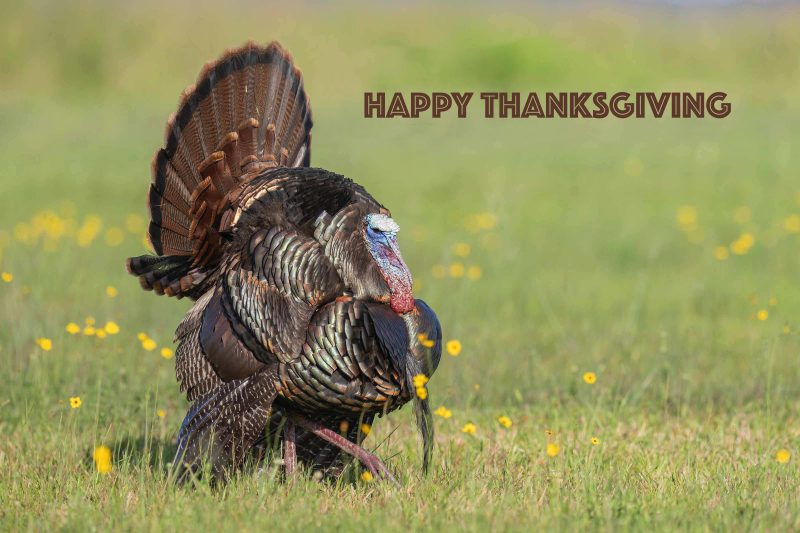
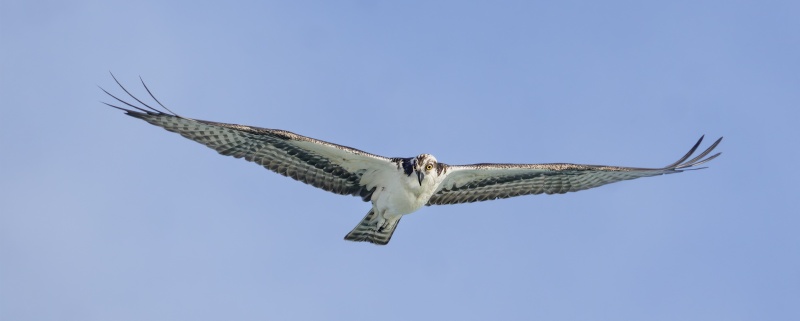

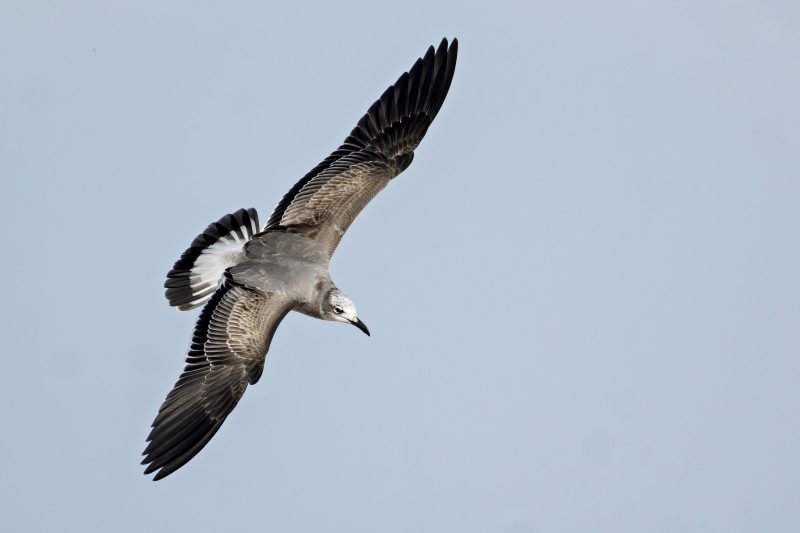
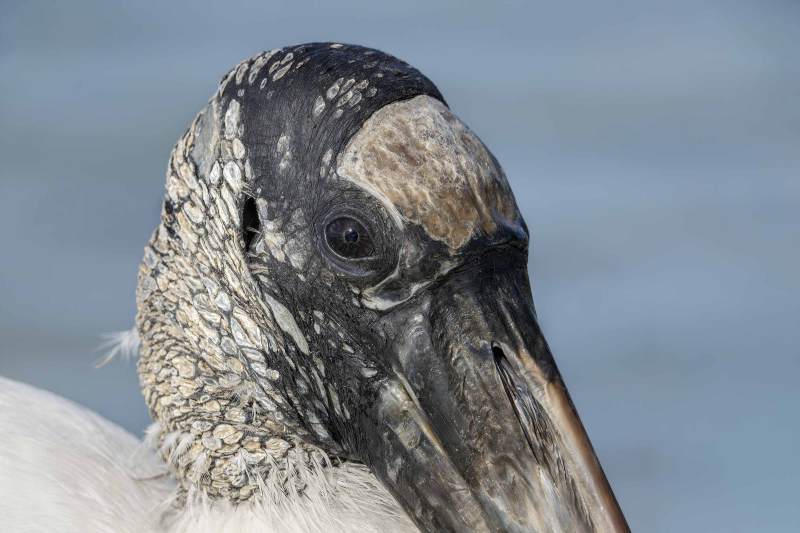
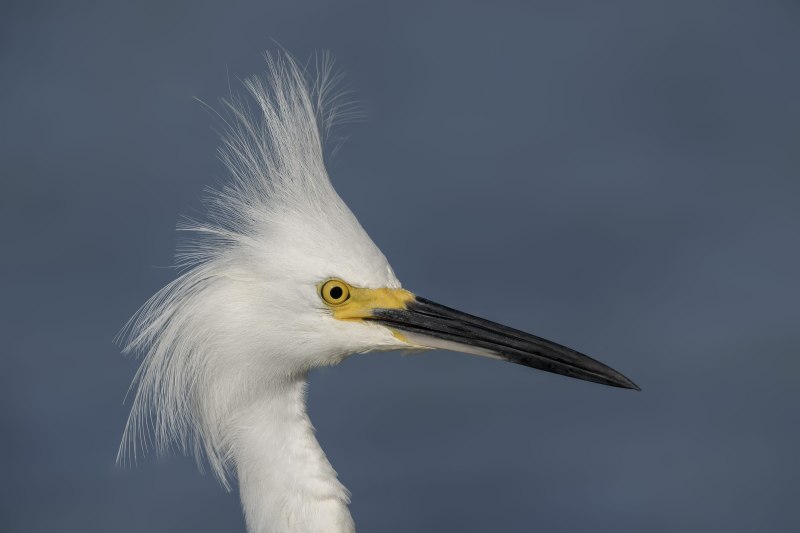
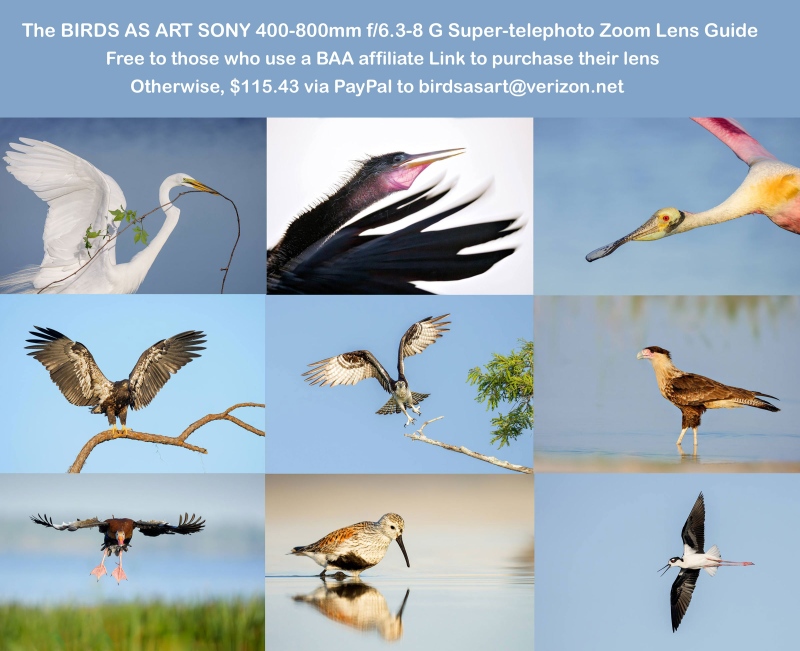






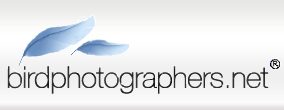


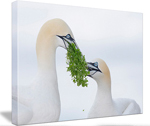
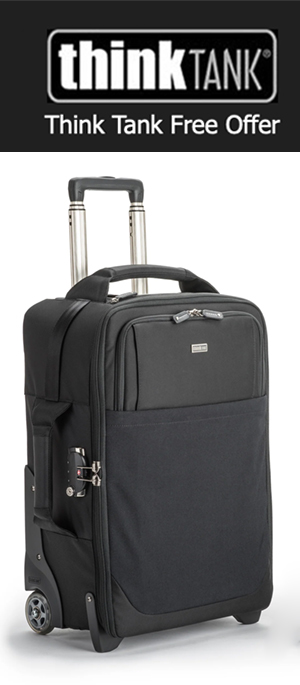


Happy Thanksgiving!!